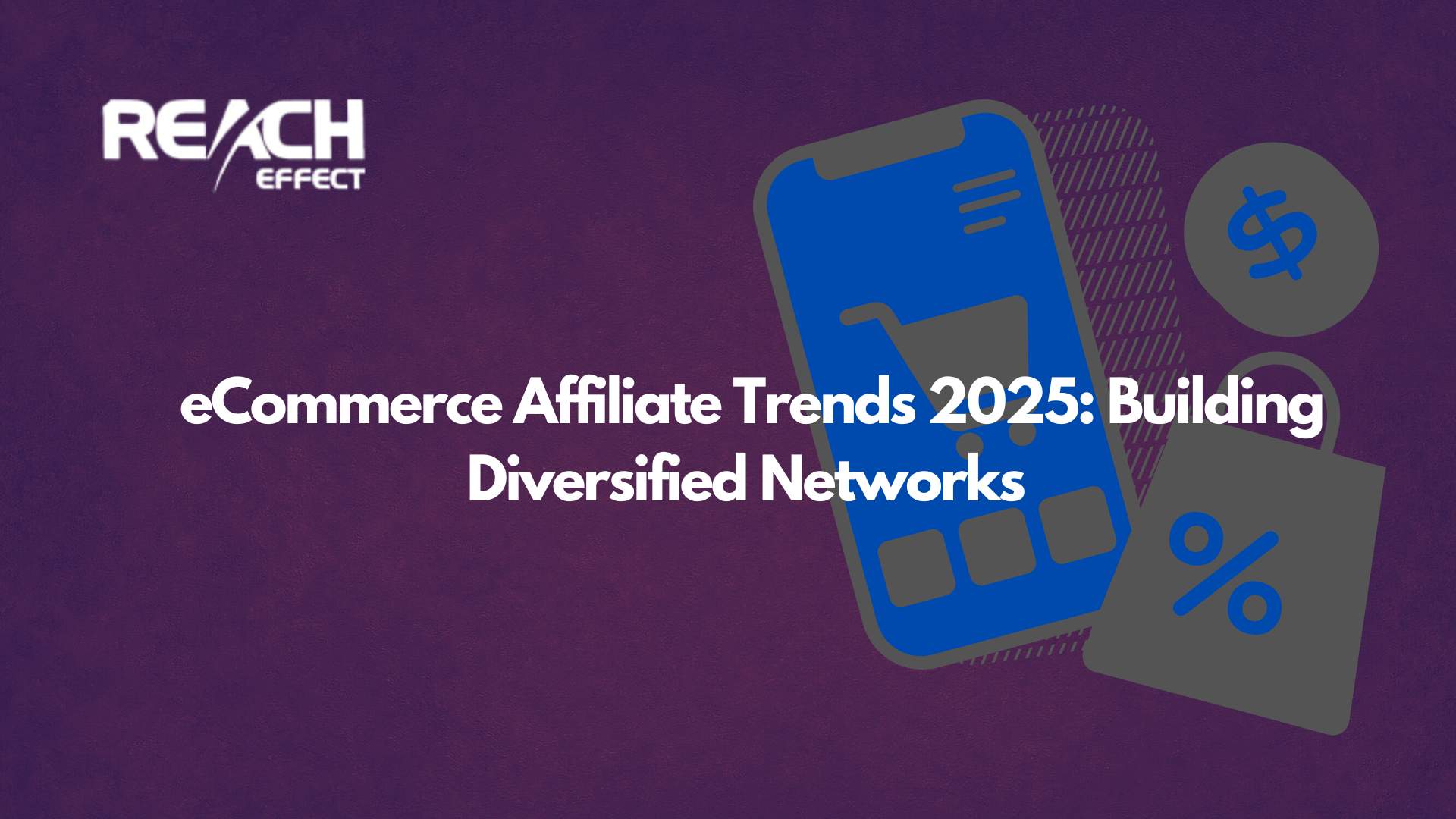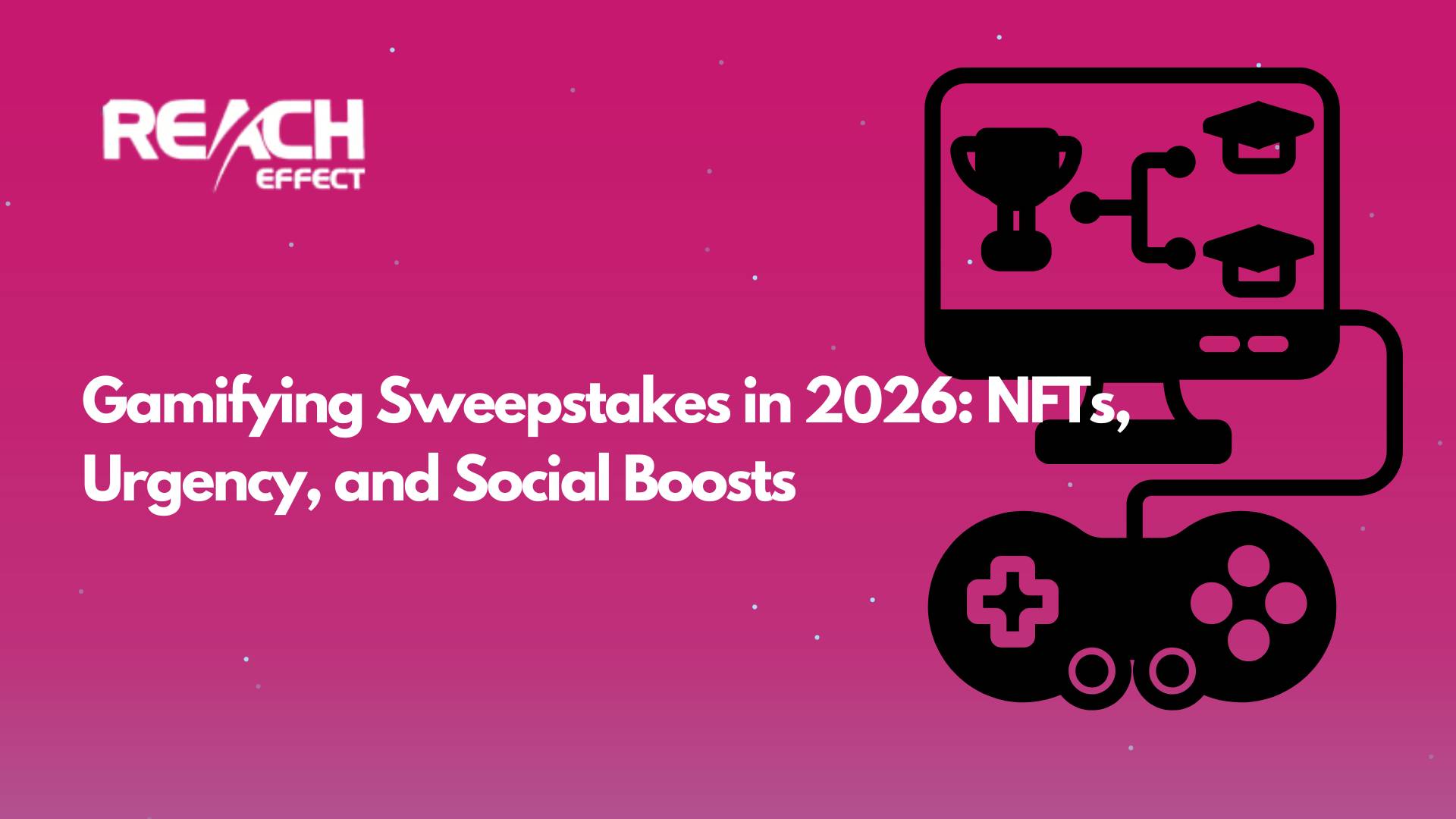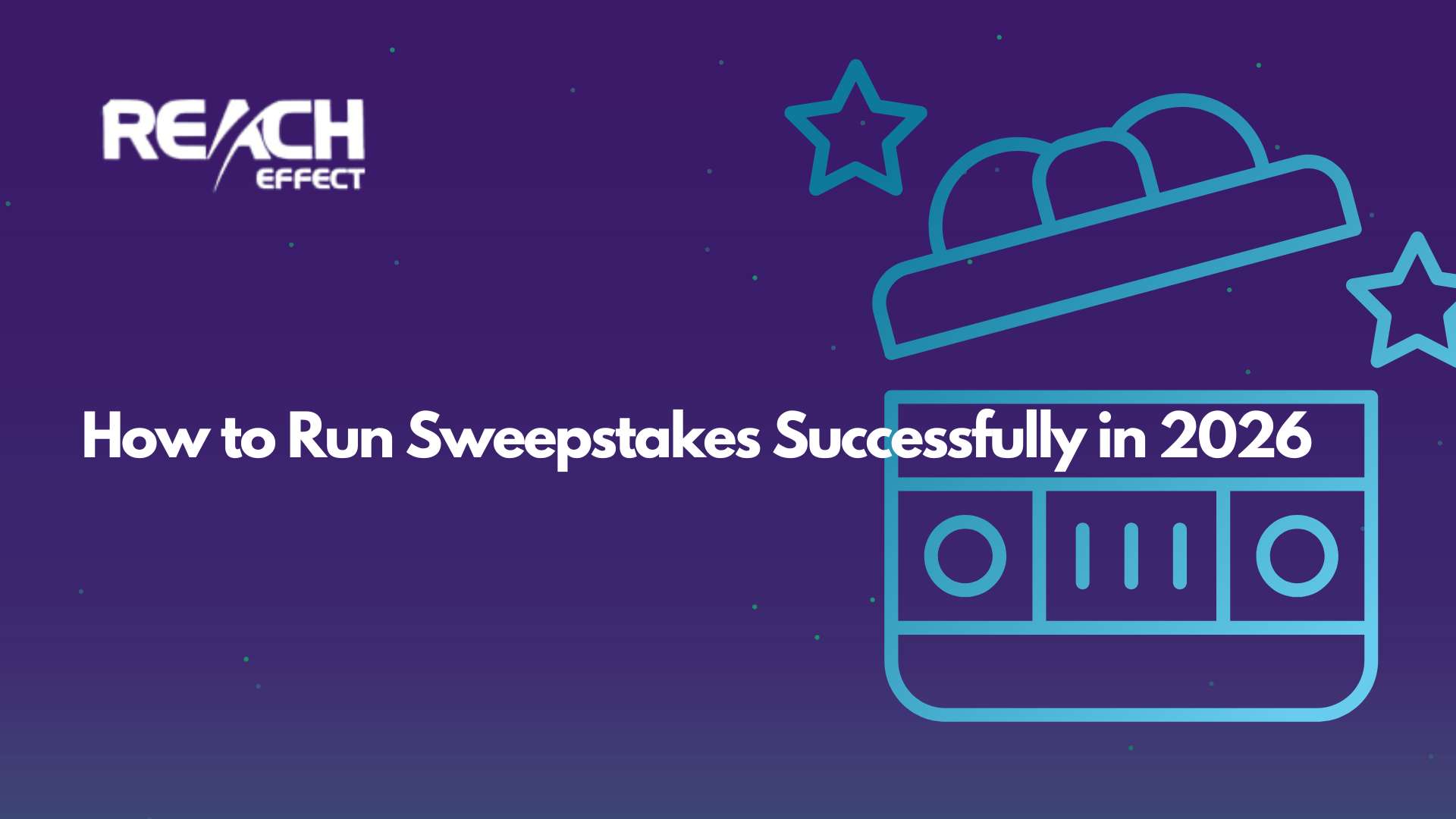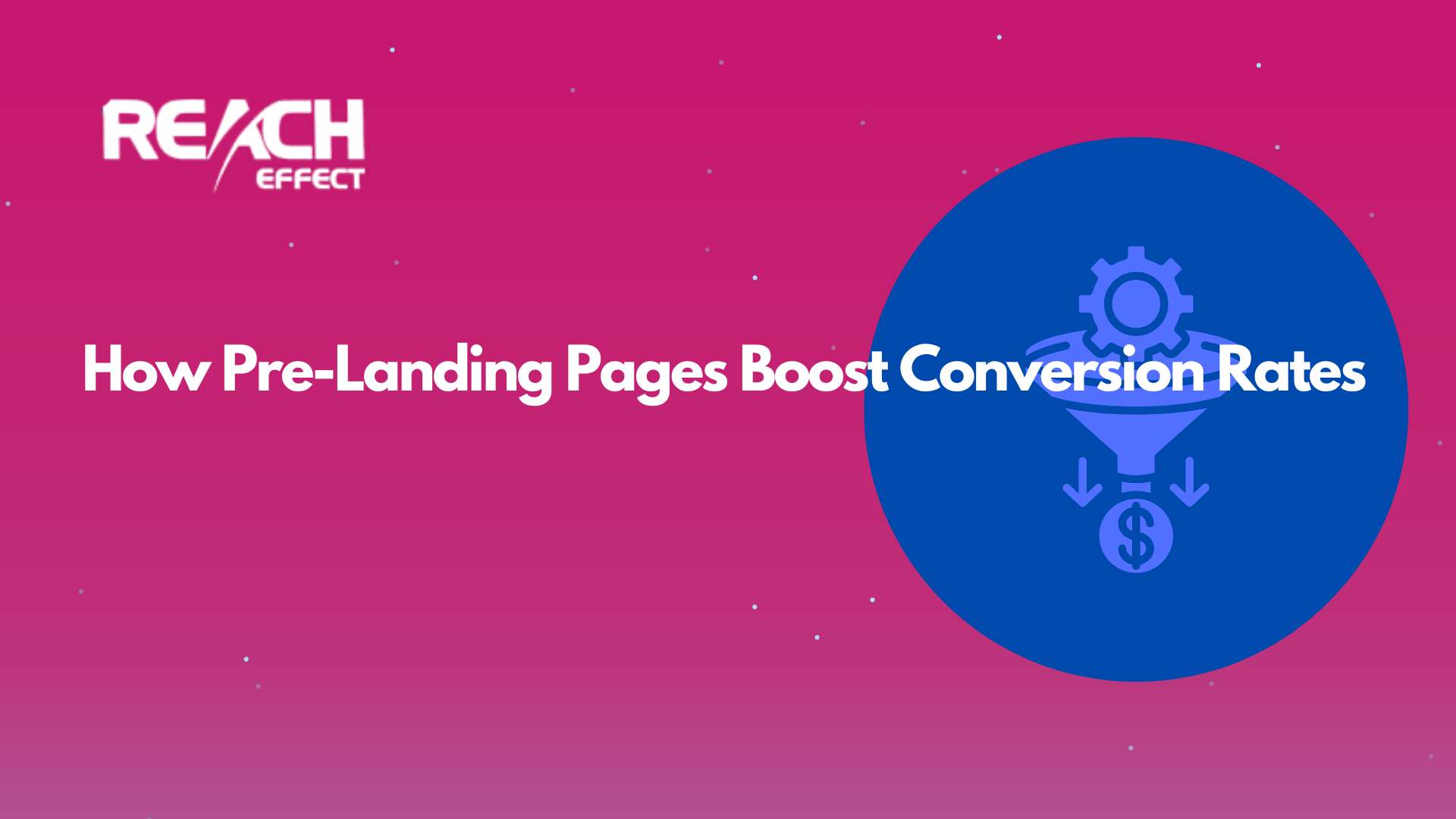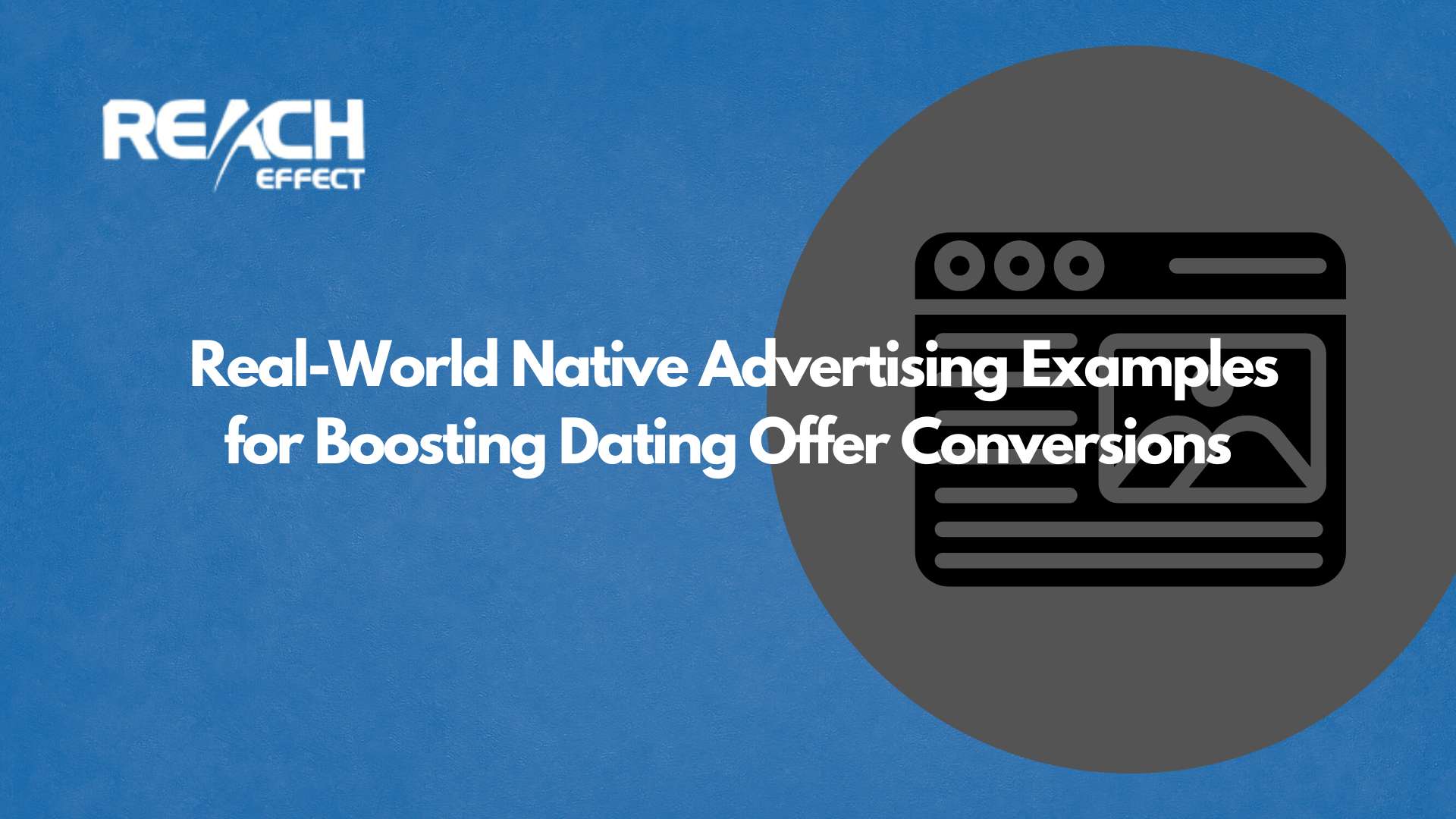I’ve been watching the affiliate marketing space closely for years, and 2026 is shaping up to be the year where everything we thought we knew about building affiliate networks gets turned on its head. The old playbook of finding a handful of high-performing affiliates and riding that wave until it crashes? That strategy is becoming dangerously outdated.
Thank you for reading this post, don't forget to subscribe!Over 90% of ecommerce businesses are expected to leverage affiliate marketing by 2026, which means the competition for quality partners is about to get fierce. But here’s what most people aren’t talking about: the real winners in 2026 won’t be the brands with the biggest budgets or the most affiliates. They’ll be the ones who understand how to build genuinely diversified networks that can weather the massive technological and regulatory shifts coming our way.
Let me walk you through what’s actually happening beneath the surface, beyond the generic predictions you’ll find everywhere else.
The Fragility Problem Nobody Wants to Admit
I’ve seen too many ecommerce brands put 60% or more of their affiliate revenue into the hands of three or four partners. It feels great when it works. Your dashboard looks healthy, commissions are flowing, and everyone’s happy. Then one of those affiliates gets acquired, shifts focus to a competitor, or has their traffic tank because of an algorithm update, and suddenly you’re scrambling to replace 40% of your affiliate revenue overnight.
Diversification helps safeguard programs against changes in the broader landscape, such as algorithm updates or regulatory changes, which can negatively impact certain publishers. The brands I’ve watched succeed long-term treat their affiliate programs like investment portfolios. They spread risk across multiple partner types, traffic sources, and promotional methods.
The Cookie Apocalypse Is Finally Here (And It’s Not What You Think)
Everyone’s been talking about the death of third-party cookies for years, but 70% of platforms are moving beyond cookie-based tracking toward privacy-compliant, server-side solutions. What does this actually mean for your affiliate strategy in 2026?
First, the tracking mechanisms you’ve relied on are fundamentally changing. Server-side tracking platforms can track user behavior on cloud servers, record it, and then send the data to other platforms, offering more control over data collection and less susceptibility to issues like ad blockers. This isn’t just a technical shift. It’s reshaping which affiliates can deliver reliable attribution and which ones will struggle.
However…
Here’s the part that matters: affiliates who’ve already invested in server-side tracking infrastructure and first-party data strategies are going to dominate in 2026. When you’re building your network, you need to ask potential partners about their tracking capabilities. The affiliate with 100,000 followers but outdated tracking might deliver worse results than the one with 20,000 followers and sophisticated attribution.
The smartest ecommerce brands are already working with platforms like Reacheffect that have built-in solutions for this new privacy-first world. You don’t want to be figuring out tracking compliance in the middle of 2026 when everyone else has already adapted.
The Micro-Influencer Math That Changes Everything
Micro-influencers with followers between 5,000 and 50,000 see about 60% higher engagement than big influencers, which could boost affiliate sales by up to 35%. But here’s what the statistics don’t tell you: working with 20 micro-influencers is operationally more complex than working with two macro-influencers.
The brands winning with micro-influencer affiliate strategies in 2026 are the ones who’ve automated their onboarding, created self-service resource hubs, and built systems that scale. You can’t manually manage 50 different affiliate relationships without burning out or letting quality slip.
Although…
I’ve seen ecommerce brands achieve incredible diversification by segmenting their micro-influencer partners by niche rather than just follower count. Instead of “beauty influencers,” they go deeper: sustainable beauty, men’s grooming, skincare for sensitive skin, makeup tutorials for beginners. Each micro-niche becomes its own small but stable revenue stream.
The key insight here is that micro-influencers don’t just provide engagement. They provide insulation. When you have revenue spread across 30 different micro-communities, no single algorithm change or platform policy shift can kill your program.
Content Affiliates Are Becoming Attribution Nightmares (In a Good Way)
Sites using content commerce are seeing about 25% higher customer retention, but the attribution story is getting messy in the best possible way. Here’s what I mean: a customer might discover your product through a TikTok video, read a detailed review on a content site, see a retargeting ad, then finally convert through a cashback portal.
Who gets credit? In the old last-click model, the cashback site gets everything. But improved attribution models mean brands and affiliates can tweak campaigns more effectively, potentially boosting performance by up to 40%.
What To Do In 2026
The forward-thinking approach for 2026 is building partner tiers with different attribution models. Your top-of-funnel content partners might work on a hybrid model where they get credit for assists, not just final conversions. Your bottom-funnel partners operate on traditional last-click. And your brand partnerships might use custom attribution windows.
This complexity requires better technology. You need affiliate platforms that can handle multi-touch attribution, custom commission structures, and transparent reporting. This is where diversification meets sophistication. You’re not just adding more partners; you’re building an ecosystem where different partner types play specific roles in the customer journey.
The Vertical Integration Play Everyone’s Missing
Here’s a trend I’m watching closely that isn’t getting enough attention: Affiliate networks are refining commission structures and implementing advanced tracking technologies, which is creating opportunities for vertical integration within your affiliate strategy.
What do I mean by this? Instead of just recruiting individual affiliates, smart ecommerce brands are building relationships with affiliate networks, sub-affiliate networks, and affiliate management platforms that bring entire ecosystems of partners. It’s like getting 100 affiliates by signing one contract.
But!
But here’s the catch: these relationships only work if you’ve already built out your own direct affiliate relationships. The brands getting the best results use network partnerships to fill gaps in their coverage, not as a replacement for their core affiliate strategy. You want owned relationships with your top 20% of affiliates and network-sourced partners filling out the rest.
Platforms like Reacheffect are valuable here because they provide both direct publisher relationships and access to broader networks. You’re not choosing between building your own affiliate program and joining a network. You’re doing both simultaneously, which creates natural diversification.
Mobile-First Isn’t Optional Anymore
Mobile affiliate marketing will account for over 65% of all affiliate-related clicks through 2027. But here’s what this actually means for network diversification: you need partners who understand mobile user behavior, not just partners who have mobile-responsive websites.
The best mobile affiliate partners in 2026 are creating native app experiences, building audiences on mobile-first platforms, and optimizing every step of the user journey for thumb-scrolling and quick decisions. A blogger with a beautiful desktop site but a clunky mobile experience is a liability, not an asset.
Building Your 2026-Ready Affiliate Network
Based on everything I’ve researched and tested, here’s how to actually build a diversified affiliate network for 2026:
Start with Partner Type Diversity
Your network should include content creators, micro-influencers, review sites, comparison platforms, cashback portals, loyalty programs, and emerging partner types. No single category should account for more than 30% of your revenue.
Layer in Channel Diversification
Make sure you have partners strong on search, social media, email, video platforms, podcasts, and emerging channels. When one channel gets saturated or changes its algorithm, you’ve got coverage elsewhere.
Add Geographic Spread
Even if you’re primarily focused on one market, having 10-20% of your affiliate revenue from international partners creates stability and opens growth opportunities.
Balance Partner Size
Mix macro-partners for reach with micro-partners for engagement and niche targeting. The sweet spot I’ve seen is roughly 20% macro, 50% mid-tier, and 30% micro-influencers.
Diversify Attribution Models
Use different commission structures and attribution windows for different partner types. Your top-of-funnel awareness partners need different incentives than your bottom-funnel conversion partners.
Technology Stack Matters
Work with affiliate platforms that support multiple tracking methods, custom attribution, automated partner onboarding, and detailed performance analytics. You can’t manage a truly diversified network with basic tracking tools.
Final Thoughts on Future-Proofing Your Strategy
The affiliate marketing landscape is becoming more complex, but that complexity creates opportunity. The global affiliate marketing industry is valued at $18.5 billion and projected to grow to $31.7 billion by 2031. That growth is going to be captured by brands that understand diversification isn’t just about adding more partners. It’s about building an ecosystem that balances risk and reward across multiple dimensions.
Start small if you need to. Add one new partner type this quarter. Expand into one new geographic market next quarter. Test one new attribution model the quarter after that. The goal isn’t to build your complete diversified network overnight. It’s to consistently move away from concentration risk and toward resilient, balanced partner portfolios.
The ecommerce brands that master this approach will have a massive competitive advantage. While others are scrambling to recover when their top affiliate shifts focus or a platform changes its algorithm, you’ll have built-in stability and multiple paths to growth.
That’s the real promise of 2026: not just more affiliate revenue, but more predictable, sustainable, and resilient affiliate revenue. And that’s worth the effort of building a properly diversified network.

